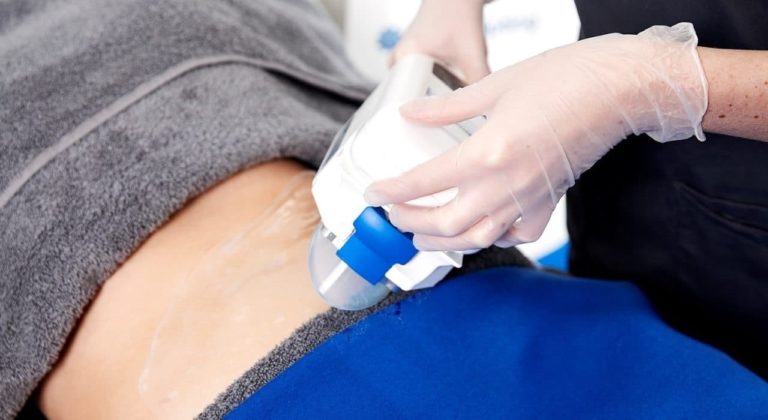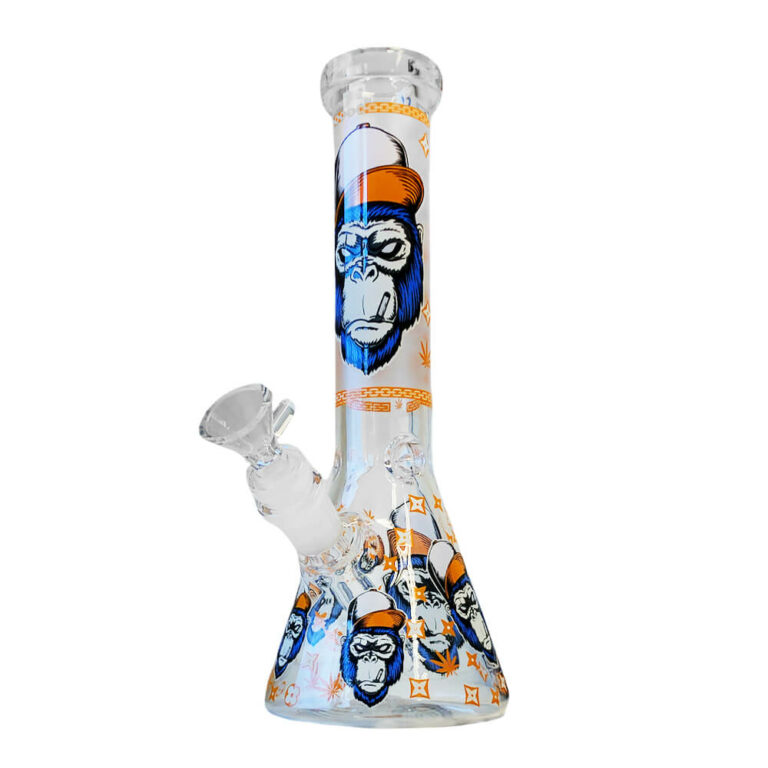Biofeedback Therapy: Benefits and Uses
Introduction
Biofeedback therapy is a treatment that doesn’t involve drugs, and patients learn to control their bodily movements that are usually involuntary. They include muscle tension, heart rate, or blood pressure. This can help alleviate the symptoms of tension headache, chronic pain, and urinary incontinence. In some cases, this may reduce the need for prescription medication, male condom catheters, and similar incontinence management products depending on your doctor’s recommendation.
The treatment biofeedback therapy is useful for those who don’t want to take medicines or are in a particular position like pregnancy in which they can not take drugs. It is often used in combination with relaxing therapy, and since it does not involve medications, it is usually not a harmful process.
Types
There are three common types of biofeedback therapy. Let us look at them below:
1. Electromyography measures
2. Thermal biofeedback therapy
3. Neurofeedback therapy
During a biofeedback session, the doctor attaches electrodes to the patient’s skin and sends information to a monitoring box. Through the monitor box, the doctor diagnoses any mental activity problem and then gives various relaxation techniques that help regulate a patient’s body movements. Slowly and gradually, patients learn to control their body movements without needing to be monitored.
Uses
When a person experiences stress, some of their internal processes, such as blood pressure, become irregular. Biofeedback therapy helps to relax the muscles and teaches relaxation and mental exercises the alleviate the symptoms.
Migraine
People suffering from migraines often take biofeedback therapy, although its effectiveness is yet to be determined. There have been cases where patients’ migraines got worse after taking the treatment, but some people got better results by taking biofeedback therapy for migraine. However, biofeedback might help relieve stress-induced migraines, but other forms of migraines do not benefit from this therapy.
ADHD
Some studies suggest that biofeedback also helps with ADHD, but it is yet to be confirmed, and further investigations are needed to ensure its effectiveness.
Post-Traumatic Stress Disorder
Some types of biofeedback therapy also help patients with post-traumatic disorders. Scientists reported that biofeedback therapy significantly reduced symptoms of PTSD.
Urinary Incontinence
Pelvic floor muscle training, along with biofeedback therapy, has helped patients recover from urinary incontinence.
Raynaud’s Disease
This is a disease where one part of your body feels numb in some part of your body. This happens due to a problem in the blood supply to the skin. Thermal biofeedback therapy can help alleviate the symptoms of Raynaud’s disease.
Chronic Constipation
If you use biofeedback therapy and laxatives for chronic constipation, it can retrain the muscles that cause chronic constipation.
Anxiety
Anxiety relief is one of the most common uses of biofeedback therapy. It helps you become more aware of your body’s responses when stressed and anxious and then learn how to control anxiety.
Chronic Rectal Pain
Some studies show that biofeedback therapy is more successful in treating certain forms of chronic rectal pain than others.
Children’s Anxiety at the Dentist
Children who suffer from anxiety at the dentist have seen an improvement in their condition through biofeedback therapy. Researchers have concluded that biofeedback therapy reduces child anxiety when they visit a dentist, common in children.
Cognitive and Behavioural Therapy
Biofeedback therapy may open new avenues for cognitive and behavioral therapy. When a patient receives feedback from functional magnetic resonance brain imaging, they can control their brain activities.
Nocturnal Bruxism
It is clenching, bracing, grinding, and gnashing of teeth while sleeping. Biofeedback therapy proved to be successful in treating patients with such problems and has no adverse effects.
Other conditions that might benefit from biofeedback therapy are:
- depression
- back pain
- asthma
- anxiety
- chronic pain
- high blood pressure
- diabetes
- learning disabilities
- motion sickness
- muscle spasm
- epilepsy
- Rheumatoid arthritis
How Does Biofeedback Work?
Researchers are not sure how biofeedback therapy works, but it promotes relaxation, which helps relieve a certain number of stress conditions.
Several other therapies are also used during biofeedback therapy, and they include:
- Deep breathing
- Progressive muscle relaxation
- Guided imagery
- Mindfulness meditation
Conclusion
Biofeedback therapy is generally considered safe and has no side effects. It is a form of treatment that is gaining popularity rapidly since it does not involve any medicines. Make sure to talk to your doctor before taking a form of therapy for your condition, and if the problem persists, then make sure to go to a doctor or a hospital immediately.
Many different healthcare providers such as psychiatrists, psychologists, and general physicians offer this therapy. If you face any problem but do not want to take drugs to cure yourself, you should go for biofeedback therapy since it has no side effects.








